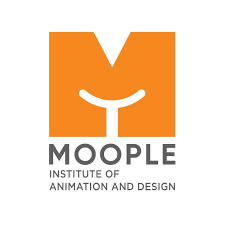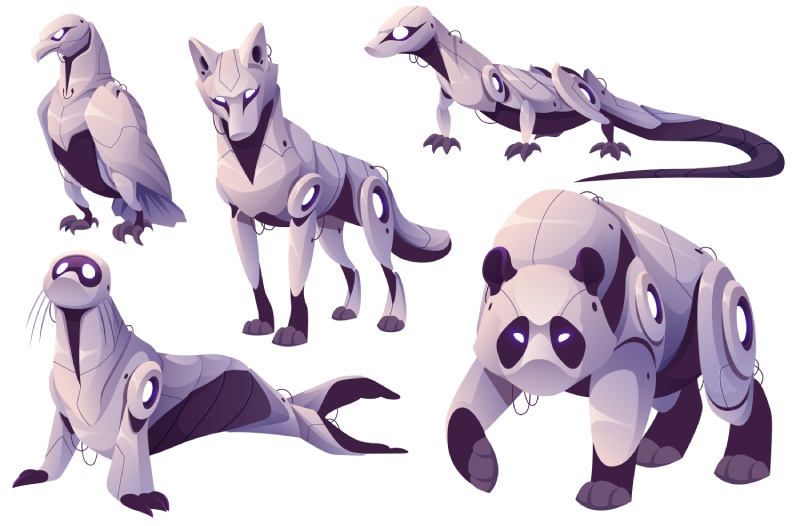Table of Contents
# Beyond Traditional Animation: Embracing Emerging Technologies
# Cross-Disciplinary Collaboration: Merging Animation with Other Fields
# Focus on Soft Skills: Storytelling and Communication
# Ethical and Social Impact of Animation
In recent years, the field of animation has witnessed exponential growth, driven by the increasing demand for engaging visual content across various industries, including entertainment, advertising, gaming, and education. As technology advances and creative boundaries expand, animation courses have evolved to cater to the needs of aspiring animators and digital artists. In this blog, we’ll uncover five lesser-known aspects of animation courses in 2023 that are reshaping the industry and shaping the careers of future animators.
Beyond Traditional Animation: Embracing Emerging Technologies
Animation courses in 2023 are not limited to traditional 2D and 3D animation techniques. The industry has started embracing emerging technologies, such as virtual reality (VR) and augmented reality (AR) animation. As these immersive technologies gain traction in various domains, animation courses are integrating modules that teach students how to create interactive experiences and narratives for VR and AR platforms. This expansion opens exciting opportunities for animators to work on cutting-edge projects in gaming, architecture visualization, and even medical simulations.
Moreover, courses are also incorporating training in artificial intelligence (AI) and machine learning for animation, allowing animators to automate certain aspects of the animation process, optimize workflows, and explore new creative possibilities.
Cross-Disciplinary Collaboration: Merging Animation with Other Fields
Animation is no longer confined to the realm of media and entertainment. In 2023, animation courses emphasize cross-disciplinary collaboration, encouraging students to merge animation with fields like engineering, medicine, marketing, and data visualization. For example, medical animation is being used to create educational content for healthcare professionals and patients, explaining complex medical procedures and concepts in a visually engaging manner.
Likewise, animators are collaborating with engineers to create simulations for product design and prototyping, enabling better visualization and understanding of products before they are built. This integration of animation with diverse disciplines opens new avenues for animators to explore and expand their skill sets.
Focus on Soft Skills: Storytelling and Communication
While technical skills remain essential, animation courses in 2023 are placing increased emphasis on developing students’ soft skills. Storytelling, communication, and collaboration are crucial for animators to effectively convey ideas, evoke emotions, and work effectively in teams. Animation courses incorporate workshops and exercises that help students hone their storytelling abilities, creating compelling narratives that captivate audiences.
Additionally, courses are encouraging students to work on group projects and collaborate with students from different backgrounds. This collaborative approach not only enhances creative problem-solving skills but also reflects the real-world dynamics of animation production studios and agencies.
Ethical and Social Impact of Animation
As animation continues to permeate various aspects of modern society, animation courses are addressing the ethical and social implications of animated content. In 2023, students are being encouraged to think critically about the representation of diverse cultures, genders, and identities in their work. Animation courses are also delving into the responsibility animators have in shaping public opinions and perceptions through their creations.
Furthermore, courses are exploring animation’s potential as a tool for social change, inspiring students to use animation to raise awareness about important issues, advocate for environmental sustainability, and promote inclusivity.
Remote Learning and Global Reach
The events of 2020 and beyond have accelerated the adoption of online education, and animation courses have embraced this shift. In 2023, many institutes are offering comprehensive animation programs that can be pursued remotely, enabling students from different parts of the world to access quality education without geographical constraints. Remote learning has also facilitated international collaborations and cross-cultural exchanges, allowing students to work with peers and mentors from diverse backgrounds, enriching their learning experience.
Conclusion:
Animation courses in 2023 are stepping into a new era of possibilities, driven by technological advancements, interdisciplinary collaboration, and a deeper focus on ethical storytelling. Beyond traditional techniques, students are exposed to emerge technologies like VR, AR, and AI, expanding their creative horizons and employability. The integration of animation with other fields opens diverse career paths, and the emphasis on soft skills ensures that animators can effectively communicate their ideas and collaborate in professional settings.
Moreover, animation’s impact on society is increasingly recognized, leading to more conscious content creation and exploring animation’s potential for social change. The flexibility of remote learning has democratized access to animation education, allowing students from around the world to pursue their passion for animation and contribute to the ever-evolving world of visual storytelling. As the animation industry continues to evolve, these five aspects of animation courses in 2023 will play a pivotal role in shaping the future of this dynamic and captivating field.

